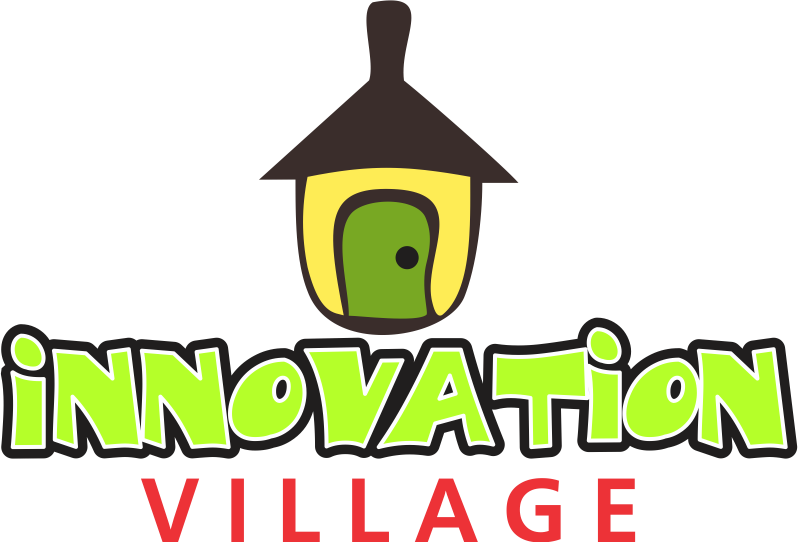Spotify is rolling out one of its biggest subscription shake-ups in years, and South Africa is one of only five markets globally chosen for the new tiered Premium structure. The move signals how important the country has become to the streaming giant’s African ambitions — and how the company is adapting to a market where pricing, device constraints, and data costs shape user behaviour more than anywhere else in its global footprint.
The new structure introduces Premium Lite, Premium Standard, and Premium Platinum, each designed to segment users based on affordability and appetite for high-end features such as lossless audio and AI-powered tools. South Africa joins India, Indonesia, the UAE, and Saudi Arabia as the first markets to receive this revamped offering.
A Three-Tier Strategy Built for Emerging Digital Economies
In markets like South Africa, where ARPU (average revenue per user) is significantly lower than Europe or North America, Spotify needs pricing flexibility to grow paid subscriptions without shutting out its most price-sensitive listeners. The new Lite tier appears designed exactly for this — offering ad-free listening at a modest price point with limited audio quality (160kbps). For many users transitioning from free streaming or radio, it’s a simple, affordability-first step into Spotify’s paid ecosystem.
Meanwhile, the Premium Standard tier introduces offline downloads and higher audio quality (320kbps), which may appeal to South African commuters who rely on patchy mobile connectivity or those managing strict data caps.
At the top is the Premium Platinum tier, which unlocks Spotify’s most advanced features: its new Lossless tier, AI DJ with hyper-personalised commentary, and AI-generated playlist tools. Platinum also supports account sharing for up to three users, replacing the traditional Duo and Family plans.
For South Africans who DJ, produce music, or curate playlists for events, Platinum offers another edge: direct integration with platforms like rekordbox, djay, and Serato, allowing users to import Spotify libraries into set-building tools — a capability previously limited to Europe and North America.
Why South Africa?
South Africa continues to be Sub-Saharan Africa’s most mature streaming market and has a unique mix of high mobile penetration, diverse listening cultures, and fast-growing digital payment adoption. Spotify’s focus on the country mirrors moves by YouTube Music, Apple Music, and regional players like Boomplay — all competing for dominance in the continent’s most competitive streaming environment.
By introducing more granular pricing, Spotify is betting that it can move millions of free-tier listeners into paid options without losing accessibility at the bottom or innovation at the top.
The Global Context — and What It Means for Africa
Spotify has been gradually increasing subscription prices worldwide, including two back-to-back price hikes in the U.S. over the last two years. But Africa requires precision: go too high, and price-sensitive users churn; go too low, and ARPU collapses.
The new structure essentially replaces the old Duo and Family plans. Existing users will retain their subscriptions, but new South African subscribers must now choose from the new Lite, Standard, or Platinum tiers, which may reduce the appeal for families looking for value.
Still, the tiered system allows Spotify to test a new monetisation model in emerging markets at a time when competition for African ears is heating up.
A New Chapter for Streaming in South Africa
With this rollout, South Africa becomes a test bed for Spotify’s next evolution. Whether the strategy boosts conversion rates or triggers user frustration will likely determine whether these plans are rolled out across the rest of the continent.


